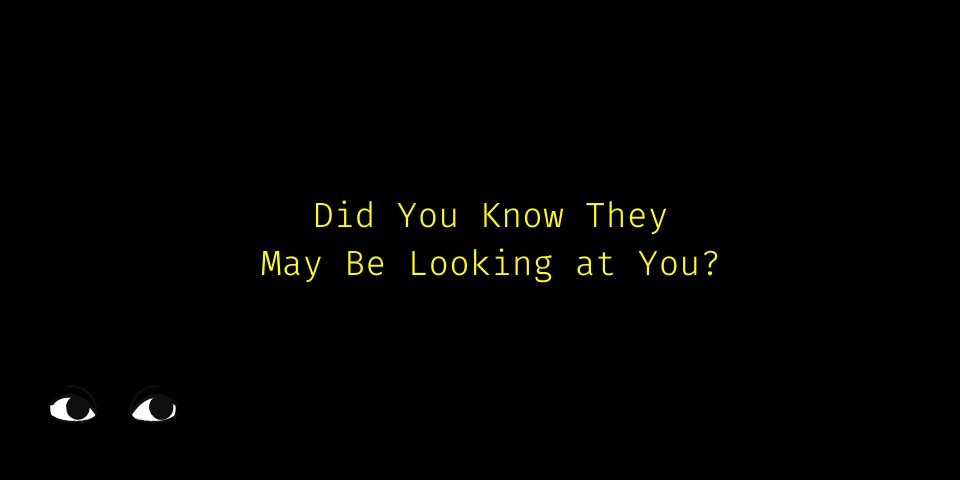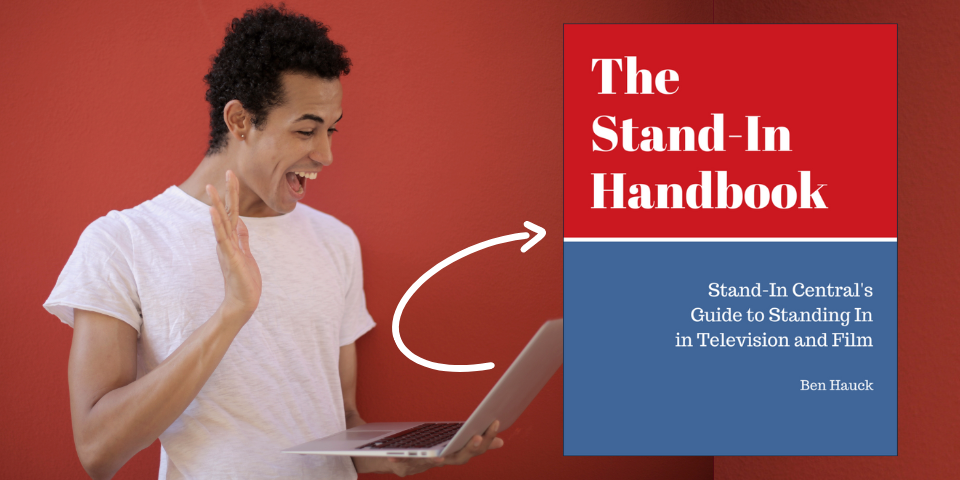How many times have you stood in on a TV show or a film set, thinking no one was looking at you, your focus drifts, and suddenly you hear:
“Can you please look straight ahead?”
“Can you please look at James?”
“Um, can you stand on your mark?”
For many stand-ins, these are shocking moments, even embarrassing moments. You thought no one was looking at you — hey, no one even introduced themselves to you! — and suddenly you find out they’ve been staring at your from somewhere else and you had no clue!
Here’s a little something about that.
Stay on Your Toes
When you’re standing in, you’re someone production uses to set up a shot. They may not be very friendly or social with you, but you’re useful when you’re standing on your mark. Maybe not all of the time, but just because you don’t think anyone is looking at you, doesn’t mean they aren’t looking at you.
Often enough, they’re looking at you and you have no clue!
(No one has the ability to actually feel when someone is looking at you.)
It’s best to stay on your toes when you’re standing in. Learn to know when production could be looking at you, and also learn when they couldn’t possibly look at you.
You’ll then have a better sense when it’s truly okay to zone out, or when you’d better assume they’re looking at you even if it doesn’t seem to be the case.
Of course, they might not be looking at you, but things can change in a heartbeat on set!
Watch Where the Lights Are Aimed
Because stand-ins are used for lighting shots, if you’re not paying attention, you might not realize they are setting up lights pointed right at you. More specifically, they might be pointing lights right at your face.
So, when you’re on set, if people seem to be setting up lights in your eyes or in your general direction, that’s a good hint someone might be looking at you.
And they don’t necessarily say that. They may assume you know how to do your job and think you know about being lit, even if you’re new to stand-in work!
Pay Attention to Where the Cameras Are Pointing
More obvious is when a camera is set up looking at you. When you see a camera set up and aimed right at you, it’s probably obvious they’re looking at you.
Well, it’ll be obvious for the first few moments, but if no one says anything to you, you might forget the camera is looking at you. Someone else might start talking to you, and next thing you know, you hear, “Can you please take your eyeline?”
What’s less obvious is when a camera is deep or hidden and looking right at you. You’re a stand-in, not an omniscient being. You don’t know everything that’s going on on set, even if you think you do. So, a second camera may be working in a shot and looking at you and you might not even know it.
So, do your best to take into account how many cameras are working in a shot and where they’re looking.
One additional pro tip: Even if a camera is not aimed at you, you might be in a reflection in another shot, so keep that in mind when you think you’re not in a shot. You might actually be!
All in All
No one likes to be called out for seeming to not pay attention. So, when you’re standing in, keep in mind you won’t necessarily know when you’re being useful.
If you’re on your mark, it’s generally a good idea to assume you are being useful. This is especially true when you’re on set and cameras are aimed at you.
In these coronavirus times, many cameras are operated remotely, so you might think a camera without a camera operator is not being used. In fact, the camera operator could be operating from another room via remote control and focusing intently on you!
You’re forewarned!
Have you had any embarrassing moments standing in when you didn’t think someone was looking? What other related tips do you have? Share in the comments below!







Leave A Comment